TOMA… the acronym for “Top of Mind Awareness,” according to Wikipedia – http://en.wikipedia.org/wiki/Top-of-mind_awareness “is a brand or specific product coming first in customers’ minds when thinking of a particular industry.Companies attempt to build brand awareness – http://en.wikipedia.org/wiki/Brand_awareness through media exposure on channels such as internet, radio, newspapers, television, magazines, and social media – http://en.wikipedia.org/wiki/Social_media .” Awesome right? But when does TOMA become “too much”?
Uniforms are considered a great way to build brand unity. Being uniformly dressed also helps with enforcing that dress code those certain few people at the office always seem to push. But I beg to ask the question, is dressing your marketer in a strict uniform the best idea?
I was at an expo the other week held for some group of insurance agents when I completely forgot to put my name tag on. Because I don’t wear a uniform, there was no mark on my clothes that told anyone what company I was with. Riding in the elevator, I found myself shoulder to shoulder with a bunch of agents. The unassumingly looked at me and asked if I were here for the expo. When I told them I was an exhibitor, we got into the details of what our restoration company could offer and by the time the elevator doors had opened, I was handing off my business card to the group.
Later that day, I was riding in the same elevator, this time, wear a badge the indicated my name and who I worked for. I was with a group of agents and proceeded to make small talk. Before they responded, each one looked down at my name tag, then who I worked with. The conversation was a bit stiff and no one asked for my business card.
What changed? Did I have something in my teeth? Oh I know… toilet paper stuck to my heel. Wait, could it be… could it be… that they had seen my badge and prejudged my intentions before I’d even said hello?
Now before you run to your seamstress and tell her she’s fired and you don’t have any use for her embroidery capabilities anymore, I’m not saying that branding clothing with your company name is a bad idea. I think it’s a great idea. But I have a problem with companies who require both men and women to wear the same uniform. Obviously, there are some physical differences between the genders, and I think that uniforms should capitalize on them rather than tuck them away under a unisex suit coat with built in shoulder pads (everyone who is still dressing in their 80’s clothes, I’m looking at you too).
When choosing uniforms, don’t go with a suit jacket – that looks professionally stuffy. But don’t let it be a free-for-all brandless circus either. In summary, TOMA is a great thing in moderation. When it comes to uniforms, give your restoration marketers some general guide lines, allow them to choose their own outfits, and get those labeled with your company name. If there’s one thing I’ve learned in the land of shopping malls, it’s that one size definitely does not fit all.
FAQ
Q: What are some benefits of having uniforms in the workplace?
A: Benefits of having uniforms in the workplace include improved brand recognition and professionalism, enhanced safety and security, and increased employee morale and unity.
Q: What are some characteristics of a good uniform?
A: Characteristics of a good uniform include being comfortable and practical for the work being performed, representing the brand or company in a positive way, and being easy to identify and distinguish from other uniforms or clothing.
Q: What are some drawbacks of having uniforms in the workplace?
A: Drawbacks of having uniforms in the workplace include the cost of purchasing and maintaining uniforms, the potential for employees to feel restricted or uncomfortable, and the possibility of negative connotations or associations with certain types of uniforms.
Q: How can companies ensure that their uniforms are well-received by employees?
A: Companies can ensure that their uniforms are well-received by employees by involving them in the design and selection process, offering different styles or options to choose from, and providing incentives or benefits for wearing the uniform.
Q: What are some examples of bad or poorly designed uniforms?
A: Examples of bad or poorly designed uniforms include uniforms that are uncomfortable or impractical for the work being performed, uniforms that are unattractive or unprofessional in appearance, and uniforms that have negative connotations or associations.
Q: How can companies address negative perceptions or associations with certain types of uniforms?
A: Companies can address negative perceptions or associations with certain types of uniforms by rebranding or redesigning the uniform, providing education or training about the purpose and benefits of the uniform, or offering alternatives or options for employees who may not be comfortable wearing the uniform.
Q: How can companies ensure that their uniforms are safe and compliant with regulations?
A: Companies can ensure that their uniforms are safe and compliant with regulations by conducting thorough research and testing, consulting with experts in the field, and regularly reviewing and updating their uniform policies and procedures.
Q: What are some emerging trends in uniform design and use?
A: Emerging trends in uniform design and use include the use of sustainable and eco-friendly materials, customization and personalization options for employees, and the incorporation of technology and smart fabrics into the uniform.
Q: How can companies use their uniforms as a marketing tool?
A: Companies can use their uniforms as a marketing tool by incorporating branding elements, such as logos or slogans, into the design, and by promoting the uniform and its benefits through social media and other marketing channels.
Q: What are some best practices for implementing a uniform policy in the workplace?
A: Best practices for implementing a uniform policy in the workplace include involving employees in the decision-making process, clearly communicating the purpose and benefits of the uniform, and providing support and resources for employees to comply with the policy.







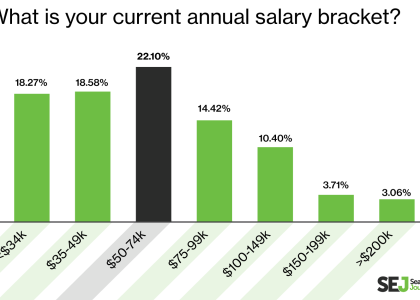



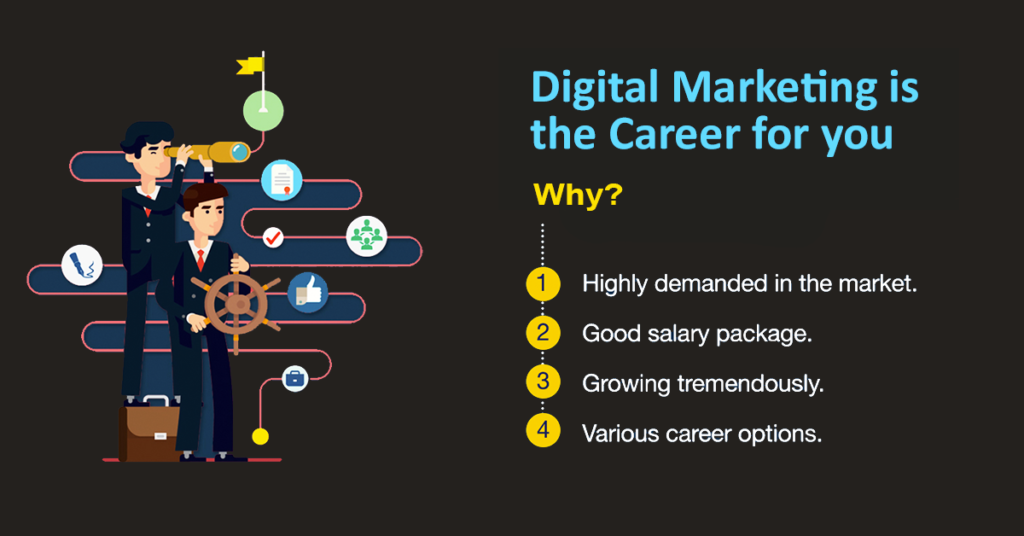
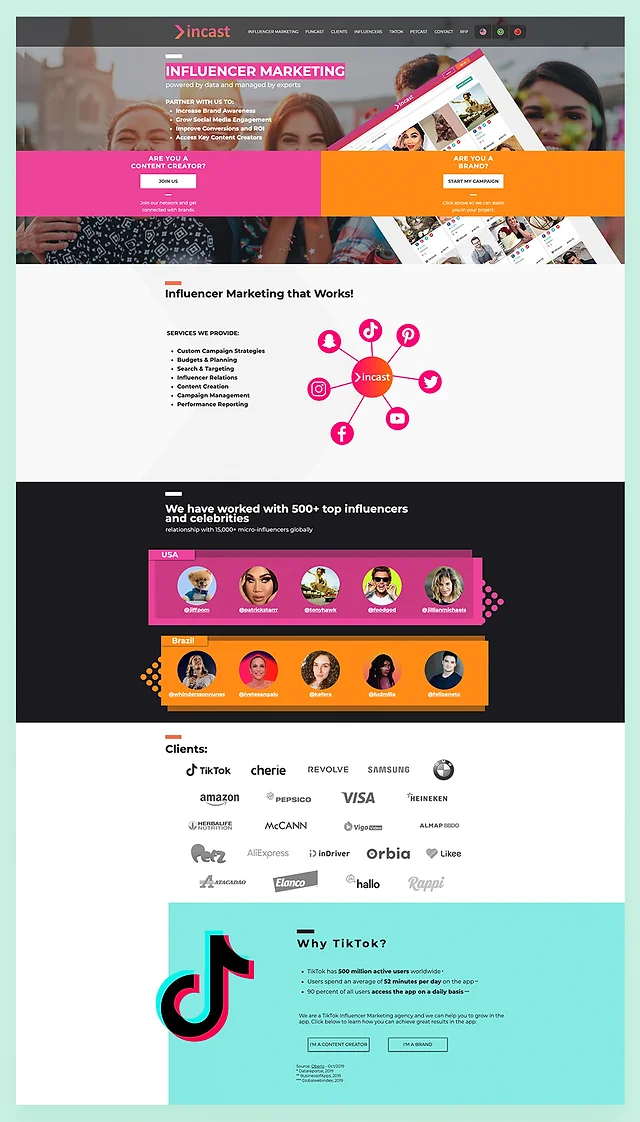

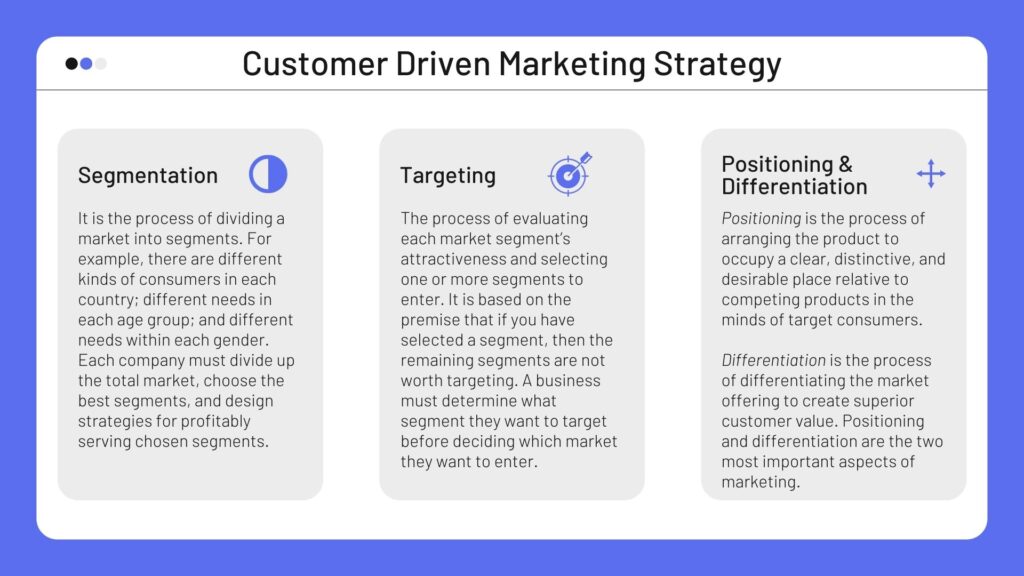
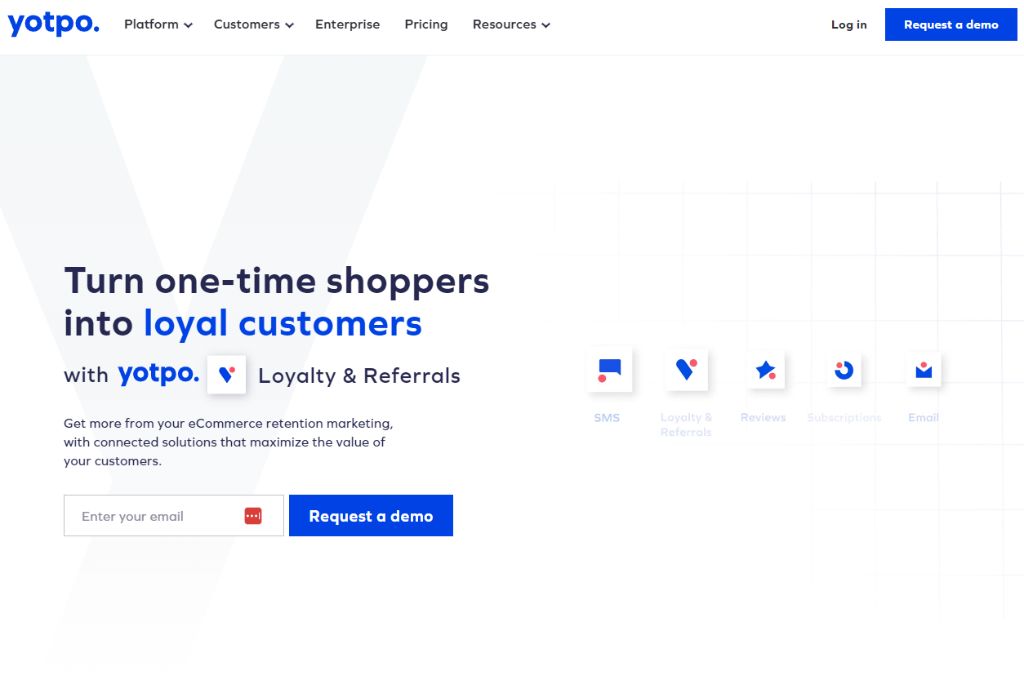
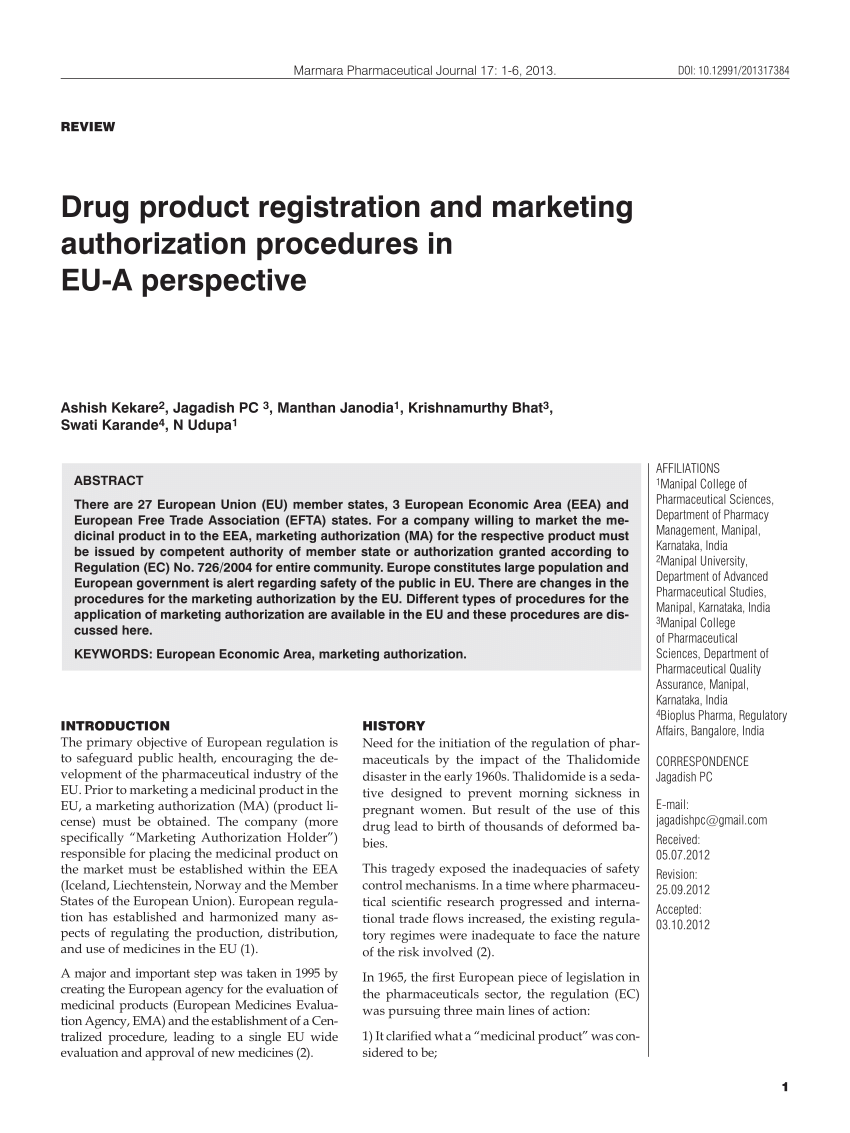

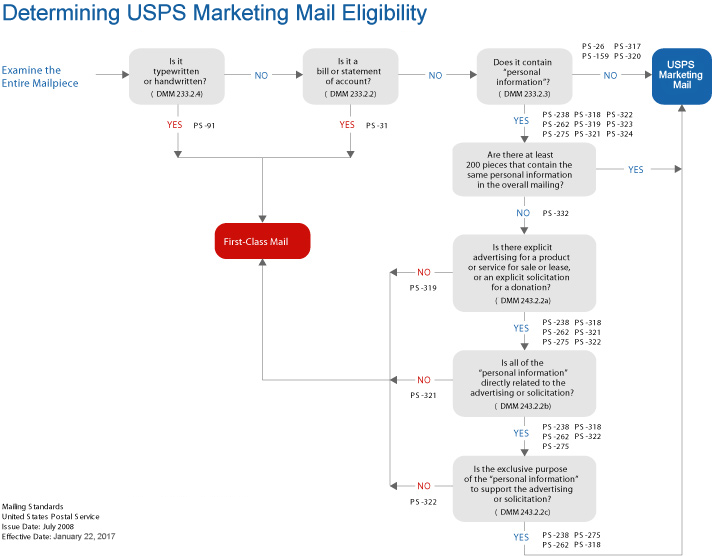
This article is a comprehensive examination of the use of uniforms in business. It delves into the positive aspects, as well as the potential drawbacks, and provides valuable insight for anyone considering implementing a uniform policy.
This article about uniforms was an eye-opener for me. I never realized how much of an impact a uniform can have on a business’s image. The examples of good and bad uniforms were very helpful in understanding what to aim for or avoid.
This article on Restoration Marketing Blog provides valuable insights into the importance of uniforms in business. The writer highlights key factors to consider, including professionalism, brand recognition, and employee morale.
As someone who works in the service industry, I found this article to be extremely insightful. The tips on selecting a uniform that is functional, comfortable, and attractive are spot on.
I found this article to be particularly interesting in how it explores the psychological impact of uniforms on both employees and customers. It’s clear that there is a lot more to consider than just the aesthetics of a uniform.
As someone who owns a restoration business, I found this article to be extremely informative. The author discusses real-world examples of how companies have benefitted from implementing uniforms, as well as the pitfalls of choosing the wrong uniform.
I appreciated how this article delved into the psychological impact of uniforms. It’s fascinating to see how something as simple as a uniform can affect employee behavior and customer perception.
The author does an excellent job of presenting a balanced view on the topic, discussing both the benefits and drawbacks of uniforms. As someone who is considering introducing uniforms in my workplace, I found this article to be incredibly helpful.
I appreciated the comprehensive approach the author took in exploring the topic of uniforms, covering everything from the psychology behind uniform colors to the practical considerations of material and design.
I appreciated the historical context provided in this article, which helped me understand how uniforms have evolved over time and why they are still relevant in modern business. The examples given of successful uniform policies were particularly inspiring.
The author of this article clearly did their research on the topic of uniforms. I was impressed by the statistics and case studies presented, which backed up the importance of having a well-designed uniform.
This article is a must-read for anyone in the service industry. The writer makes a compelling case for how uniforms can help businesses stand out from their competitors, and how they can contribute to a more cohesive and professional team.
Overall, this article is a must-read for anyone interested in the role of uniforms in business. It’s well-researched, insightful, and presents a thorough analysis of the topic.
Overall, this article was well-written and informative. It offered practical advice and real-world examples of how uniforms can make or break a business’s success. I highly recommend giving it a read.
As someone who has worked in a variety of industries, I found this article to be spot-on in its analysis of uniforms. The author takes a balanced approach, acknowledging both the benefits and challenges of implementing uniforms in a business setting. Overall, a highly informative and well-written piece.